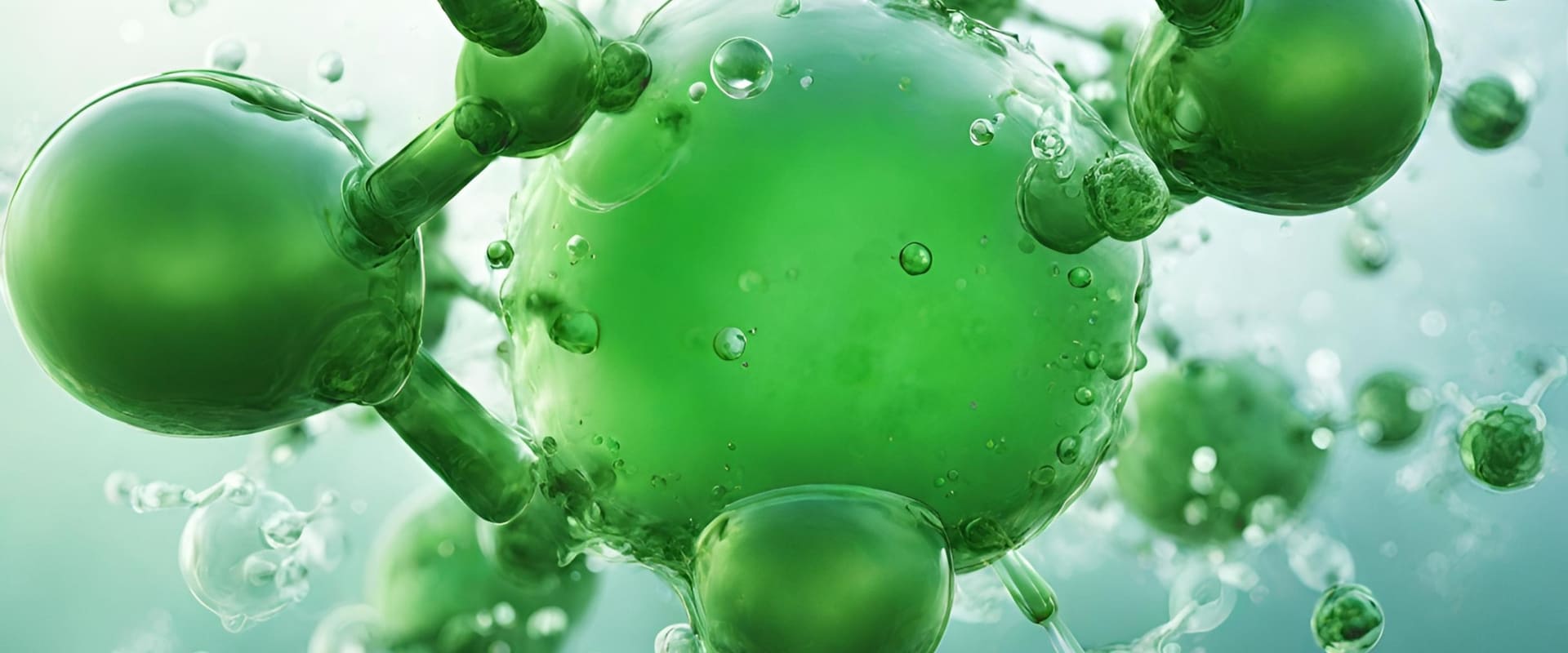
Green Chemistry
Abstract
Green chemistry transforms the chemical industry by minimizing hazardous substances, promoting efficient resource use, and prioritizing sustainable practices, enhancing competitiveness and meeting consumer demands for eco-friendly solutions.
Blog
Green chemistry is revolutionizing the chemical industry by reducing hazardous substances, promoting safer work practices, minimizing accident risks, and reducing the environmental impact of chemical manufacturing through the substitution of toxic chemicals.Atom economy is crucial in green chemistry, maximizing atom incorporation for economic and sustainability benefits, reducing waste, disposal, and environmental footprint in chemical production.
Catalysis plays a pivotal role in green chemistry applications within the chemical industry. The use of catalytic processes enables more efficient and selective reactions, leading to higher yields and reduced energy consumption. This not only improves the economic viability of chemical processes but also aligns with the broader objective of resource efficiency.
Additionally, the chemical industry is exploring the principles of green chemistry in the development of alternative feedstocks. The utilization of renewable resources, such as biomass-derived raw materials, reduces dependency on fossil fuels and contributes to the industry's overall sustainability. This shift towards bio-based feedstocks supports a more circular and environmentally friendly approach to chemical production.
The drive for sustainability in the chemical industry extends beyond manufacturing processes to encompass the entire product life cycle. This involves considerations such as designing products with reduced environmental impact, optimizing packaging materials, and promoting responsible product disposal or recycling. Green chemistry provides a framework for the industry to adopt a more holistic and sustainable approach, aligning with global efforts to address climate change and environmental degradation.
Furthermore, the adoption of green chemistry practices enhances the industry's reputation and market competitiveness. Consumers and stakeholders increasingly value sustainable and environmentally conscious products, prompting chemical companies to integrate green chemistry principles into their research, development, and production strategies. This shift towards sustainability not only meets regulatory requirements but also positions companies to thrive in a marketplace where eco-friendly practices are becoming a key differentiator.
In conclusion, Green chemistry in the chemical industry is transforming towards sustainable, efficient, and environmentally responsible practices, addressing environmental challenges and fostering a resilient future.
×
![]()
|
DOWNLOAD BROCHURE
|
|
REQUEST FOR QUOTATION
|


